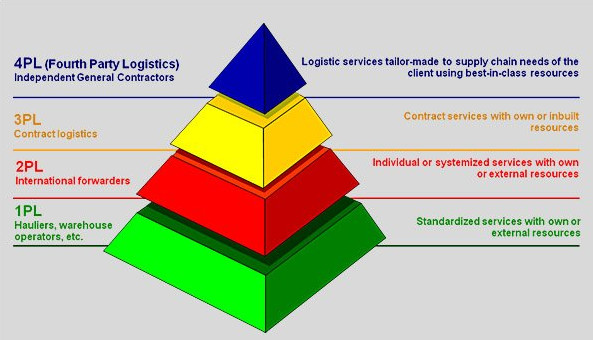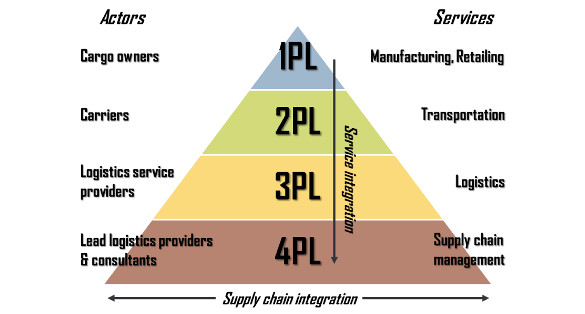Logistics Layers Explained – What’s All about Party Logistics?
Logistics and shipping are an integral part of businesses and our daily lives. Almost everything we own or use was transported by ship, rail, truck, or airplane to reach to us. This industry has many players, making it complex.
Shipping freight tends to be regulated and supplies have to be licensed to participate. Read on through this article to understand more about the different party logistics (PL) levels.
Looking for 3PL Services in Sydney
Initially, PLs were ranked into three levels. However, new entrants into the logistics services have expanded PL into five levels. Here are the five PL levels explained.

1st Party Logistics or 1PL
These are generally cargo owners. They can be either the receiver or shipper. The supply party in 1Pl is known as a consignor while the demand or receiving party is the consignee. For example, a manufacturing firm sending products to retailers for sale is a consignor. A restaurant purchasing eggs from local firms upon sending a truck for pickup would be a consignee.
However, shipping to or from global markets tends to be challenging since most firms lack resources to handle long distance freights. Hence, they would need another company for the long distance shipping service, and this leads to another PL level.
2nd Party Logistics or 2PL
They involve a carrier offering transport services over a certain part of the transport route. There are instances where 1PL would not complete a move due to reasons such as crossing oceans, terrain, or limited resources, and they would require a 2PL company such as rail operators, maritime shippers, or air freight.

3rd Party Logistics or 3PL
They are typically contracted to facilitate freight movement. For instance, a consignor who does not have own trucks but wants to ship products from one city to another would hire 3PL providers to facilitate the logistics that are involved to get the freight to its destination.
In some instances, the 3PL can be an asset based service provider, whereby it owns freight management utilities, warehousing facilities, and trucks.
4th Party Logistics or 4PL
The 4th party logistics service providers are newer in the logistics and shipping market. They are also considered as non asset type of 3PL. however, some of them specialize in the management of relationship between 1PL and 3PL, such that they act as consultants between 1PL and 3PL.
5th Party Logistics or 5PL
This level of logistics does exist, but 5PL is not yet popular in the shipping and logistics market. Companies that claim to offer 5PL services are mostly service providers in the electronic business. They don’t control the movement of freight, but they control the entire electronic network controlling movement of freight.
As seen in this article, the logistics and shipping industry has several crucial players. It’s important to know the kind of a shipping company you want to hire and understand the type of coverage offered in case your goods are misplaced, stolen or they get damaged.
It is advisable to request for some copies of insurance documents and operating licenses to be sure of who you are dealing with.
If you’d like to learn about our 3PL warehousing facility, go here.
